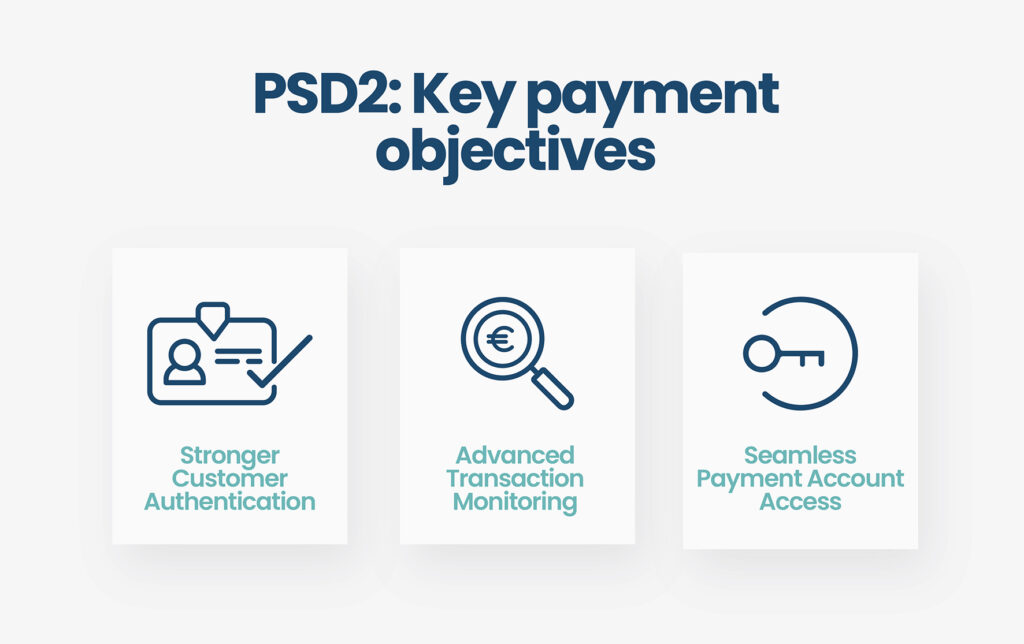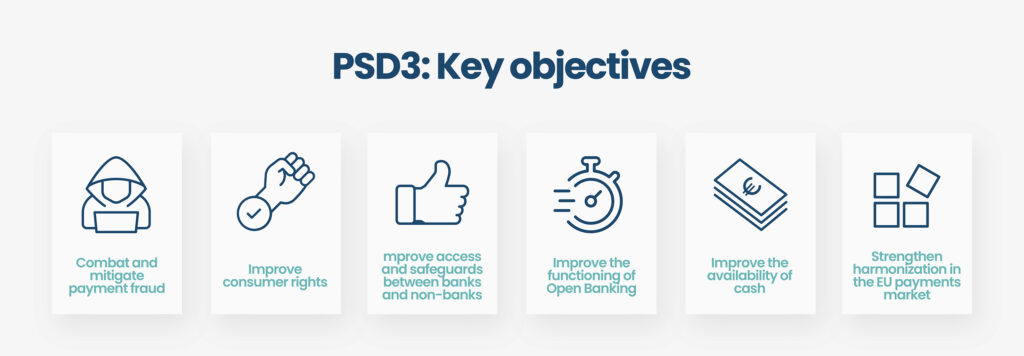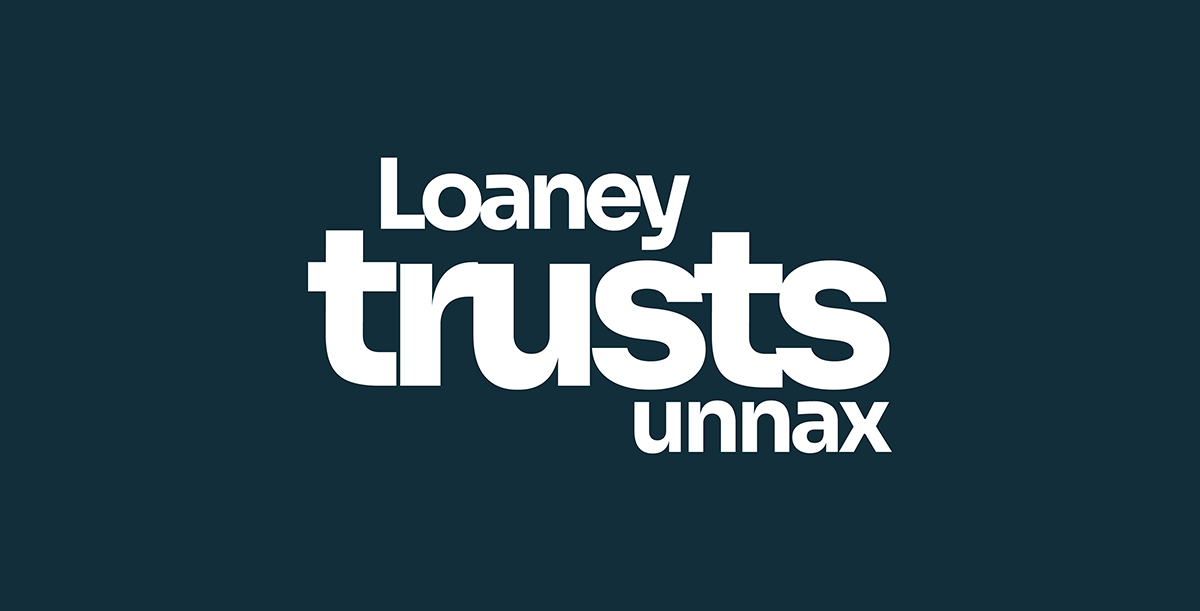In 2022, the European Commission launched an evaluation of PSD2 to determine its effectiveness and assess where improvements in the regulation can be made.
Following a series of public consultations and impact studies, the Commission released its official proposal for PSD3 in June 2023. The main goal of the new PSD3 proposal is to evolve the EU payments framework to improve the functionality of the region’s payments markets.
Could this be the dawn of a new payments era in Europe?
In this article, we explore the current publicly available documentation on the Commission’s official PSD3 proposal and the policy-making timeline.
The impact of PSD2 on the payments ecosystem

All the way back in 2007, the European Commission developed and began enforcing the Payment Services Directive. This came to be known as PSD1 and provided the legal foundation needed to establish a more connected, fluid payment ecosystem within Europe.
However, as the world entered the 2010s, electronic and digital payments grew rapidly in popularity. These new payment types presented additional risks and regulatory considerations that led to the introduction of PSD2, which first went into effect in 2015 and was later revised in 2018.
The primary goal of PSD2 was to enhance the regulation’s technical standards, including:
- Issuing stronger customer authentication solutions
- Developing more advanced transaction and device monitoring
- Providing standardized and reliable interfaces for payment accounts (such as APIs)
While PSD2 certainly opened new pathways for key banking and financial services — including Open Banking solutions — the payments space only continues to become more deeply digitized.
In May 2022, the European Commission conducted a consultation reviewing the present impact and application of PSD2. As part of this consultation, the European Commission is also striving to introduce a broader regulatory framework for open finance, stating that:
“The aim of such a framework is to allow customer data beyond the scope of PSD2 to be shared and re-used by financial service providers for creating new and improved services, subject to customer agreement as well as the effective application of data protection rules and security safeguards.”
The result of this review and the development of a new open finance framework will form the basis for the next iteration of the Payment Services Directive.
PSD3 vs. PSD2: New regulatory changes and what to expect

The release of the PSD3 proposal marks an important milestone in the EU legislative process.
As far as legal compliance deadlines for Payment Service Providers (PSPs) go, there is still a good amount of time ahead. The next step in the legislative process is sending the proposal to the European Parliament and Council, where more revisions can be expected.
An official timeline for implementation and compliance is not yet available — however, we can predict a finalized version of the PSD3 proposal sometime near the end of 2024, with a compliance deadline most likely falling within 2026.
Regardless of what future revisions and timelines lay ahead, the new PSD3 proposal provides a much greater level of clarity surrounding the regulation’s revised goals and requirements.
Six key objectives are outlined in the proposal:
- Combat and mitigate payment fraud
- Improve consumer rights
- Improve equality, access, and safeguards between banks and non-banks
- Improve the functioning of open banking
- Improve the availability of cash
- Strengthen harmonization and enforcement in the EU payments market
In addition to these six objectives, the PSD3 proposal also aims to establish a framework for financial data access that sets clear consumer rights and PSP obligations when managing customer data sharing. A key difference here to PSD2 is that this regulation focuses on allowing access and usage of data from more financial services rather than just those relating to payment accounts.
This framework is comprised of six main pillars:
- Providing customers with the possibility but not the obligation to share data with data users (such as financial institutions and fintechs)
- Obligating customer data holders (such as financial institutions) to make data available to data users (such as other financial institutions or fintechs)
- Providing customers with full control over who can access their data and for what purpose
- Standardizing customer data and any required technical interfaces
- Establishing clear liability regimes for data breaches and dispute resolution mechanisms
- Providing additional data incentives for data holders to implement high-quality interfaces for data users
How PSD3 will evolve the EU and SEPA payment space
Along with the PSD3 proposal, the European Commission also published a new Payment Services Regulation (PSR1) proposal, which was submitted in tandem with the PSD3 proposal to achieve the six objectives and financial data access framework discussed above.
The impact of PSD3 and PSR1 on the EU and SEPA payment space is sure to be broad and all-encompassing, with a focus on enhancing and securing digital payments and data management.
As a whole, we can identify four main overarching objectives of these new regulations:
- To strengthen user protections and the overall public confidence in payments
- To improve competition in EU payments markets by better enabling open banking
- To improve both enforcement and implementation of regulatory standards across the EU
- To improve financial access (both direct and indirect) to payment systems for both consumers and PSPs
The future of the payments ecosystem in the EU
Only time will tell the true scope of PSD3 and its impact on the EU payment ecosystem.
What we know for sure is that PSPs and other financial businesses need to prepare now for the upcoming regulatory changes. With the finalization of PSD3 expected in 2024, the time is now to begin strategizing and implementing new solutions aligned with the new regulatory objectives.
Though this new regulation will undoubtedly come with great advantages for the EU payment sector, any regulatory change comes with its own unique challenges.
Unnax provides a sturdy regulatory shield via our Electronic Money Institution license, as well as a host of products that strengthen your business’s financial infrastructure. For example, with the looming need to enable instant payments, Unnax’s Payments solution can automate all of your money movement operations while maintaining a top-notch and in-budget user experience.
Schedule a call with Unnax today to learn more about how we can help you build first-class financial services that are both compliant and future-proof.









